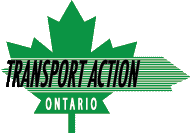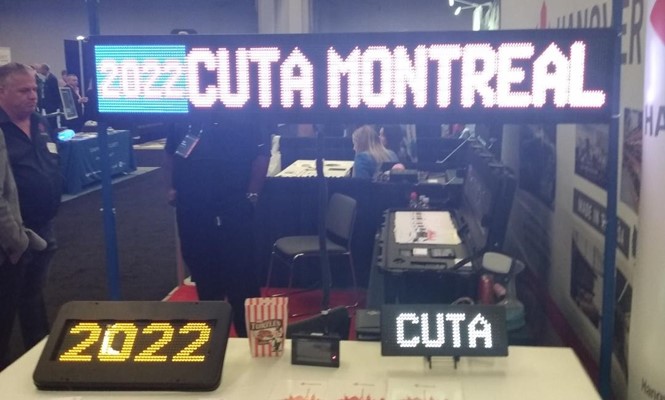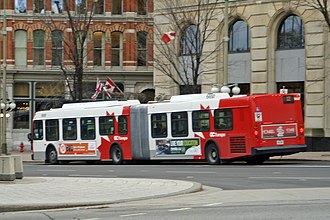
Federal Funding Needed to avoid Public Transit Death Spiral
By Transport Action Ontario | Latest News , Urban Transit
During summer, 2022 the federal government engaged in public consultation on a proposed $3B/yr Permanent Public Transit Fund. The purpose was to “support the expansion and upgrading of public transit and active transportation networks in communities across Canada”. This wording implies that the funding will be for capital projects, not operating funds.
One of the comments made by Transport Action on the posting was that the funding ought to also include operating cost support. Now, 6 months later, the need for federal operating cost support is as large as ever.
The pandemic has broken the public transit funding model. Prior to the pandemic, the federal government was only involved in capital funding, through such programs as the Investing in Canada Infrastructure Program. The role of funding public transit operations was traditionally left to provinces (e.g. Ontario Gas Tax program) and municipalities. In most cases, municipalities were the primary funders of operations, but have limited fiscal tools beyond politically unpopular property taxes and user fees.
With the precipitous drop in transit ridership and farebox revenue in 2020, the federal government intervened with the provinces to provide emergency operating support though the Safe Restart Agreement, which was renewed in 2022. This support prevented a complete collapse in transit service. Despite passenger revenues declining by 57% overall in 2020-2021, service levels only declined by 9%.
Ridership is now at only 70% of pre-pandemic, although has recovered more for off-peak service and bus routes versus peak-hour rail routes, due to continued work-from-home practices. Overall ridership is unlikely to recover to pre-pandemic totals for quite a time. Thus the operating funding problem has not gone away. Before the pandemic, 40-70% of transit operating budgets for transit systems were paid for through fares. With fare box revenue reduction and financial assistance from other levels of government drying up, transit systems face the threat of a death spiral. This is a vicious cycle of service cuts and fare hikes that push people away from transit, further decreasing revenue leading to further service cuts. This has huge negative consequences on traffic congestion, carbon emissions and to shift workers and low-income riders.
The death spiral may already be starting. Montreal has killed most of its frequent bus network. The TTC 2023 budget is proposing a 5% service cut versus 2022 and a 3% fare hike (most riders). Despite a proposed increased subsidy from the City of Toronto, an additional subsidy is being sought from the provincial and federal governments. There is no answer yet on this request.
We urge the federal government to stop the public transit death spiral with additional funding. This could be in the form of operating subsidies, or “restructuring” funding to align service patterns with new demand patterns. In the GTHA, the feds could also provide support for region-wide fare integration, which would undoubtedly boost ridership. Action is needed in the upcoming federal budget.
(with thanks to Nate Wallace, Environmental Defence, for background information)




